| Company |
Symbol |
Market Cap (USD) |
Dividend Yield (%) |
Sector |
| Apple Inc. |
AAPL |
$2.7 Trillion |
0.55 |
Technology |
| Microsoft Corp. |
MSFT |
$2.4 Trillion |
0.80 |
Technology |
| Johnson & Johnson |
JNJ |
$370 Billion |
3.40 |
Healthcare |
| Procter & Gamble |
PG |
$360 Billion |
2.50 |
Consumer Staples |
| Coca-Cola Co. |
KO |
$260 Billion |
3.10 |
Consumer Staples |
| Visa Inc. |
V |
$550 Billion |
0.75 |
Financial Services |
Introduction
Large-cap stocks represent companies with substantial market capitalization, typically exceeding $10 billion, and are known for their stability, strong financials, and established market presence. These stocks often form the backbone of diversified portfolios, especially for investors seeking consistent returns. Dividend investing, a strategy focused on earning regular income through company payouts, plays a key role in income-oriented approaches. It appeals particularly to long-term investors and retirees who prioritize cash flow and capital preservation. This article explores the fundamentals of large-cap stocks, the mechanics of dividend income, and how these elements combine to shape effective income investing strategies.
Understanding Large-Cap Stocks
Large-cap stocks refer to publicly traded companies with a market capitalization of $10 billion or more. Market capitalization is calculated by multiplying a company’s share price by its total number of outstanding shares. These companies are typically well-established, have a long operating history, and are leaders in their respective industries. Common examples include Apple, Microsoft, Johnson & Johnson, and Visa. Their size and reputation often make them attractive to institutional investors, who value transparency, consistent earnings, and regulatory compliance. Because of their scale, large-cap stocks are considered a foundational component of diversified investment portfolios. Learn more about the definition and characteristics of large-cap stocks on Investopedia and Finance Strategists.
These companies often have global reach, diversified revenue streams, and access to capital markets, which helps them weather economic downturns. However, they may offer slower growth compared to mid-cap or small-cap stocks, as their markets are often saturated. Additionally, their size can make them less agile in responding to disruptive innovation. For investors seeking stability and income, large-cap stocks can be a dependable choice, especially when paired with dividend strategies. For a deeper dive into the pros and cons, visit SmartAsset and MarketBeat.
The Role of Dividends in Income Investing
Dividends are regular payments made by companies to their shareholders, typically drawn from profits or retained earnings. These payments can be issued in cash or additional shares, and are often distributed quarterly. Investors rely on dividends as a steady source of income, especially when holding stocks for the long term. Two key metrics help evaluate dividend performance: dividend yield and dividend payout ratio. Dividend yield measures the annual dividend as a percentage of the stock price, while the payout ratio indicates how much of a company’s earnings are paid out as dividends. A balanced payout ratio suggests sustainability, while an excessively high ratio may signal risk. For a deeper understanding, visit Investopedia and Guide for Investment.
Dividend-paying stocks come in various forms, each offering unique benefits. Blue chip stocks are large, established companies known for consistent performance and reliable dividends. Dividend aristocrats are a subset of blue chips that have increased their dividends for at least 25 consecutive years. Real Estate Investment Trusts (REITs) are another popular option, known for high yields due to their legal obligation to distribute most of their taxable income to shareholders. Holding dividend stocks in tax-advantaged accounts like IRAs or 401(k)s can help minimize tax burdens. For more details, explore Franklin Templeton and Purely Investing.
Why Large-Cap Stocks Are Popular Among Income Investors
Large-cap stocks are favored by income investors for their stability, consistent dividends, and resilience during economic downturns. These traits make them a reliable foundation for long-term, income-focused portfolios.
Their size and market dominance often translate into steady earnings, which supports regular dividend payments. Companies like Microsoft, Johnson & Johnson, and Procter & Gamble exemplify this trend, offering both dividend reliability and long-term capital appreciation. During periods of market turbulence, large-cap stocks tend to hold their value better, providing a cushion against sharp declines. This stability is especially valuable for retirees and income-focused investors who prioritize capital preservation. For more on the advantages of large-cap investing, visit Investopedia and Saxo Group.
Another reason large-cap stocks appeal to income investors is their consistent dividend growth. Many operate in defensive sectors such as healthcare, consumer staples, and utilities, which tend to perform well even during recessions. These sectors provide essential goods and services, making their revenues more predictable regardless of economic conditions. Dividend aristocrats—companies that have increased their dividends for 25 consecutive years or more—are often large-cap firms with strong balance sheets and disciplined capital allocation. Their ability to grow dividends over time helps investors combat inflation and build a reliable income stream.
Evaluating Dividend Stocks: Key Metrics to Watch
Evaluating dividend stocks requires more than just chasing high yields. Investors must assess sustainability, growth potential, and financial health to build a reliable income portfolio.
Dividend yield is often the first metric investors examine, but a high yield can be misleading. Yields above 6% may signal risk, especially if the company’s stock price has dropped due to poor performance. A healthy yield typically ranges between 2% and 5%, depending on the sector. The dividend payout ratio is equally important—it shows the percentage of earnings paid out as dividends. A payout ratio above 80% may indicate that the company is overextending itself, while a ratio between 30% and 60% is generally considered sustainable.
Free cash flow and earnings stability are critical indicators of a company’s ability to maintain or grow dividends. Companies with consistent cash flow and predictable earnings are better positioned to weather economic downturns and continue rewarding shareholders. Investors should also examine a company’s dividend growth history. Firms that have increased dividends over time—such as dividend aristocrats—demonstrate a commitment to shareholder value and financial discipline. Looking ahead, evaluating future dividend potential involves analyzing industry trends, management strategy, and macroeconomic conditions. Tools like Seeking Alpha, Morningstar, and Yahoo Finance offer robust platforms for screening and tracking dividend stocks.
Risks and Limitations of Dividend Investing
Dividend investing offers stability and income, but it’s not without risks. Investors must weigh potential drawbacks like dividend cuts, inflation, and missed growth opportunities.
One of the most significant risks in dividend investing is the possibility of dividend cuts or suspensions. Companies are not obligated to maintain dividend payments, and economic downturns, declining earnings, or strategic shifts can lead to reductions. This can disrupt income streams and signal deeper financial issues. Inflation also poses a challenge, as fixed dividend payments may lose purchasing power over time. If dividend growth doesn’t keep pace with inflation, investors may struggle to maintain their lifestyle. For more on these risks, visit Kiplinger and Investopedia.
Sector concentration is another limitation. Many dividend-paying stocks are clustered in defensive sectors like utilities, consumer staples, and healthcare. While these sectors offer stability, overexposure can reduce diversification and increase vulnerability to sector-specific downturns. Additionally, focusing heavily on dividend stocks may lead to opportunity costs. Growth stocks, which often reinvest earnings rather than pay dividends, can deliver higher long-term returns. A balanced approach that includes both income and growth assets can help mitigate these risks. For a broader perspective, explore Dividends Diversify and Dividend Strategist.
Building a Diversified Income Portfolio
A diversified income portfolio blends stability, yield, and growth potential by combining large-cap dividend stocks with complementary assets like ETFs, mutual funds, and international equities.
Large-cap dividend stocks offer reliable income and lower volatility, but they shouldn’t be the sole component of an income strategy. Balancing these with other asset classes—such as bonds, REITs, and dividend-focused ETFs—can reduce risk and improve cash flow consistency. ETFs and mutual funds play a vital role by offering built-in diversification across sectors and geographies. Funds like Vanguard Dividend Appreciation ETF (VIG) or Schwab U.S. Dividend Equity ETF (SCHD) provide exposure to high-quality dividend payers while minimizing company-specific risk. According to Investopedia, a well-structured portfolio of 20 to 30 dividend stocks across sectors can generate meaningful monthly income while maintaining resilience.
International dividend stocks add another layer of diversification, especially when domestic markets underperform. Companies in Europe, Asia, and emerging markets often offer attractive yields, but currency fluctuations and foreign tax policies must be considered. Investors should evaluate whether to hold these stocks directly or through global dividend ETFs, which can simplify tax reporting and reduce volatility. Another key decision is whether to reinvest dividends or use them for income. Reinvestment can accelerate portfolio growth through compounding, while living off dividends requires careful planning to ensure sustainability. As noted by Simply Safe Dividends and WallStreetZen, aligning your strategy with financial goals and risk tolerance is essential for long-term success.
Income Investing in Different Market Conditions
Large-cap dividend stocks tend to offer stability across market cycles, making them a core component of income investing strategies in both bull and bear markets.
During bull markets, large-cap dividend stocks may underperform high-growth equities, but they still provide steady returns through consistent income and modest capital appreciation. In bear markets, their defensive nature and reliable cash flows help cushion portfolio losses. Sectors like utilities, healthcare, and consumer staples—often dominated by large-cap dividend payers—tend to outperform during downturns due to their essential nature. This makes them valuable for investors seeking income and capital preservation during volatile periods. For more on how income strategies adapt to market cycles, visit SmartAsset and Finance Strategists.
Interest rate environments also play a critical role in dividend investing. When rates rise, dividend stocks may face pressure as investors shift toward newly attractive fixed-income options. However, companies with strong balance sheets and a history of dividend growth often remain resilient. During inflationary periods, dividend growth stocks can help preserve purchasing power, especially if payouts increase in line with rising costs.
Reinvesting dividends during these times can further enhance compounding returns. Defensive positioning—through diversification and a focus on quality—can help income investors navigate uncertainty while maintaining steady cash flow. For additional insights, explore U.S. News and Investopedia.
Tax-Efficient Strategies for Dividend Income
Maximizing the after-tax value of dividend income requires a thoughtful approach to account selection, dividend classification, and strategic tax planning.
Dividends are categorized as either qualified or non-qualified, and the difference can significantly impact your tax bill. Qualified dividends are taxed at the lower long-term capital gains rate, provided they meet specific holding period and issuer criteria. Non-qualified dividends, on the other hand, are taxed as ordinary income, which can be much higher depending on your tax bracket. Holding dividend-paying stocks in tax-advantaged accounts like traditional IRAs, Roth IRAs, or 401(k)s can help defer or eliminate taxes altogether. Roth IRAs are especially powerful for dividend investors, as qualified withdrawals are tax-free. For more on dividend classifications and account strategies, visit Fidelity and Charles Schwab.
This involves selling underperforming assets at a loss to reduce taxable capital gains, which can be particularly useful in volatile markets. Additionally, understanding the timing of dividend payments and capital gains distributions can help avoid unnecessary tax surprises. State taxes also play a role—some states fully tax dividend income, while others offer exemptions or lower rates. Being aware of your state’s tax treatment can influence where and how you invest. For a deeper dive into these strategies, explore Morningstar and The Motley Fool.
Common Myths About Dividend and Income Investing
Dividend investing isn’t just for retirees, and chasing high yields can backfire. Growth and inflation protection are possible with the right strategy.
One common myth is that only retirees should invest for income. While retirees often rely on dividends for cash flow, younger investors can benefit from reinvesting dividends to accelerate portfolio growth. Another misconception is that high yield equals better returns. In reality, extremely high yields may indicate financial distress or unsustainable payouts. Companies with moderate, growing dividends often outperform over time. For a deeper look at these myths, visit Dividend.com Dividend.com and Investopedia Investopedia.
It’s also a myth that dividend stocks don’t grow. Many dividend-paying companies—especially dividend aristocrats—have a long history of increasing both dividends and share price. Firms like Microsoft and Procter & Gamble combine income with capital appreciation, proving that growth and dividends aren’t mutually exclusive. Lastly, some believe you can’t beat inflation with dividends. While fixed dividends may lose purchasing power, dividend growth strategies can help offset inflation. For more insights, explore Dummies.com dummies and Obsidian Wisdom obsidianwisdom.com.
Future Outlook: What to Expect from Large-Cap Dividend Investing
Large-cap dividend investing is poised for renewed relevance in 2025, driven by evolving corporate policies, macroeconomic shifts, and sector-specific momentum.
Corporate dividend policies are adapting to a more cautious yet shareholder-friendly environment. With interest rates expected to remain elevated through mid-2025, companies are prioritizing balanced capital return strategies to retain investor confidence. This includes steady dividend payouts, selective buybacks, and debt reduction. According to BNY Newton Investment Management, firms with strong free cash flow and disciplined capital allocation are likely to maintain or grow dividends, especially in volatile markets.
AI, ESG, and global macro trends are reshaping the dividend landscape. Artificial intelligence is driving efficiency and margin expansion, allowing some large-cap firms to boost shareholder returns. ESG considerations are influencing dividend policies, with companies in sustainable sectors—like clean energy and responsible finance—gaining investor favor. Meanwhile, geopolitical uncertainty and inflationary pressures are prompting investors to seek stability through dividend-paying stocks. Sectors expected to lead in dividend growth include energy, healthcare, and consumer staples, all of which offer defensive characteristics and strong cash flow. To stay informed, investors should monitor earnings reports, dividend announcements, and macroeconomic indicators. Resources like Morningstar and S&P Global provide timely insights and data to help refine income strategies in a shifting market.
Conclusion
Large-cap dividend investing remains a cornerstone strategy for income-focused portfolios, offering a blend of stability, consistent cash flow, and long-term resilience. By understanding key metrics, managing risks, and diversifying across sectors and geographies, investors can build sustainable income streams that adapt to changing market conditions. Whether navigating inflation, interest rate shifts, or global trends like AI and ESG, large-cap dividend stocks continue to provide a reliable foundation for both growth and income. With the right tools, tax strategies, and ongoing analysis, investors can confidently align their dividend approach with evolving financial goals and market realities.
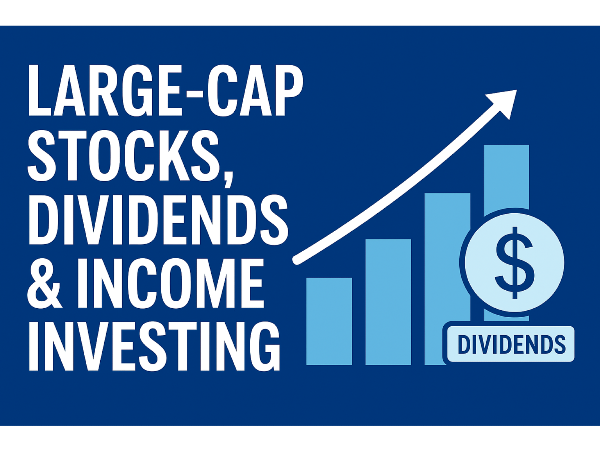

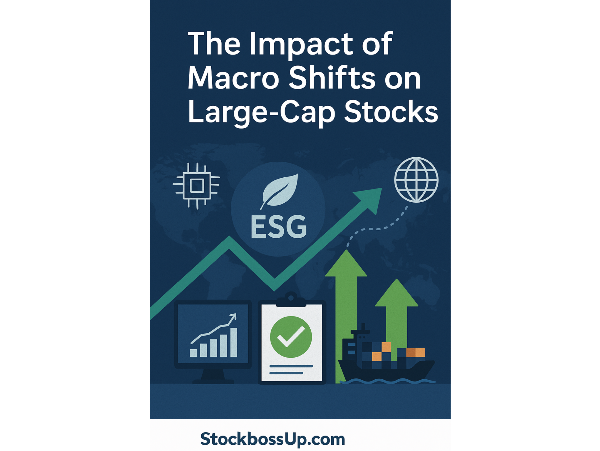
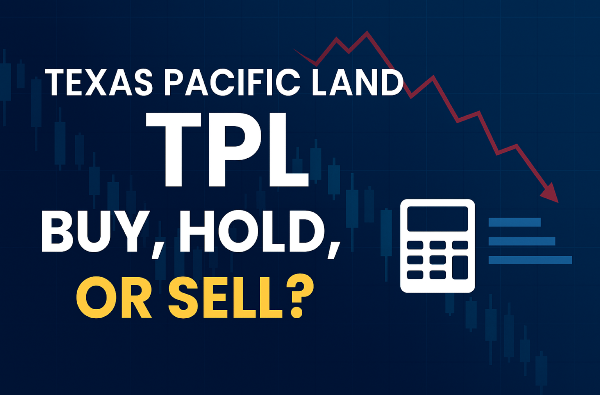

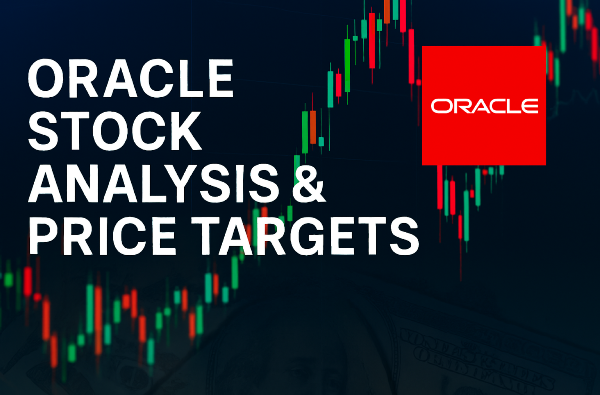

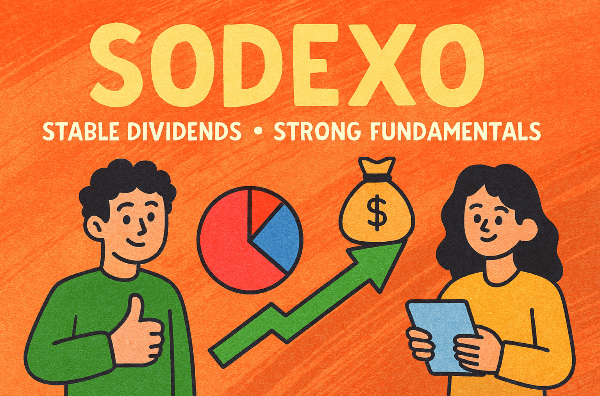
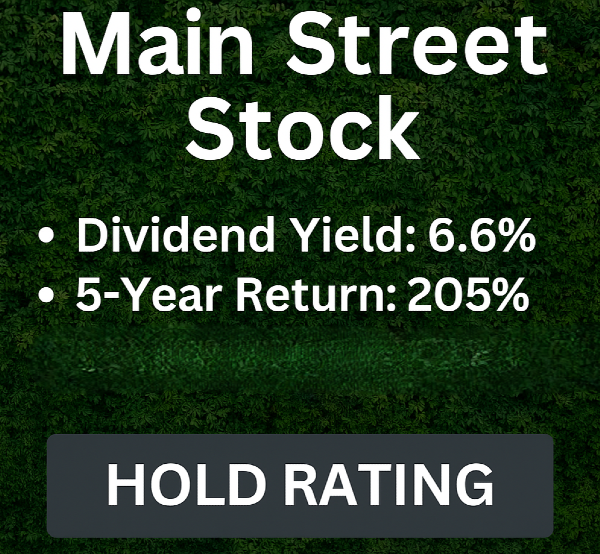


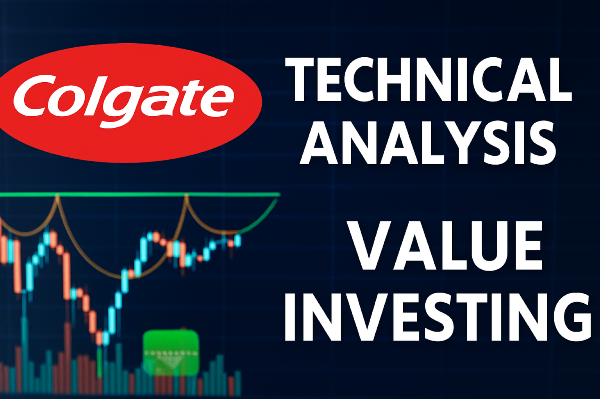




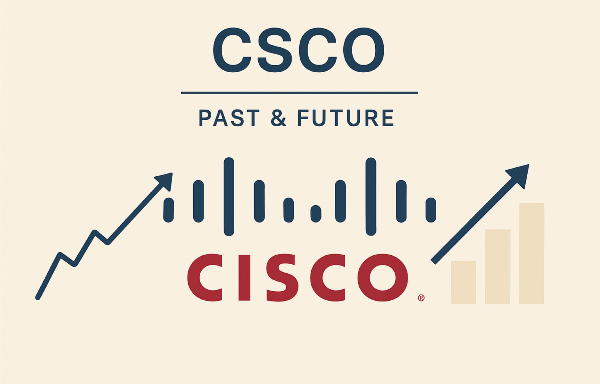
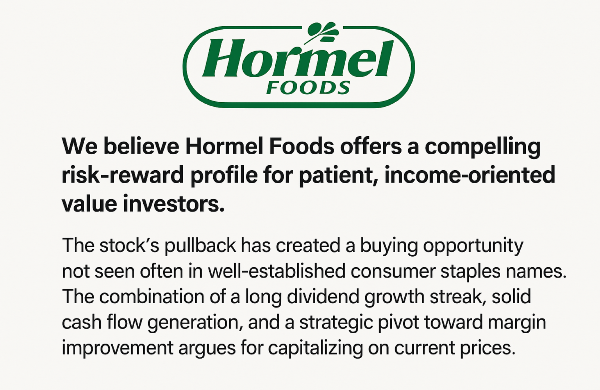



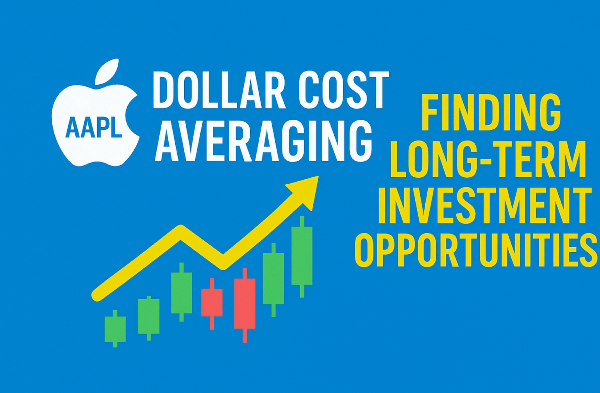








Introduction
Large-cap stocks represent companies with substantial market capitalization, typically exceeding $10 billion, and are known for their stability, strong financials, and established market presence. These stocks often form the backbone of diversified portfolios, especially for investors seeking consistent returns. Dividend investing, a strategy focused on earning regular income through company payouts, plays a key role in income-oriented approaches. It appeals particularly to long-term investors and retirees who prioritize cash flow and capital preservation. This article explores the fundamentals of large-cap stocks, the mechanics of dividend income, and how these elements combine to shape effective income investing strategies.
Understanding Large-Cap Stocks
Large-cap stocks refer to publicly traded companies with a market capitalization of $10 billion or more. Market capitalization is calculated by multiplying a company’s share price by its total number of outstanding shares. These companies are typically well-established, have a long operating history, and are leaders in their respective industries. Common examples include Apple, Microsoft, Johnson & Johnson, and Visa. Their size and reputation often make them attractive to institutional investors, who value transparency, consistent earnings, and regulatory compliance. Because of their scale, large-cap stocks are considered a foundational component of diversified investment portfolios. Learn more about the definition and characteristics of large-cap stocks on Investopedia and Finance Strategists.
These companies often have global reach, diversified revenue streams, and access to capital markets, which helps them weather economic downturns. However, they may offer slower growth compared to mid-cap or small-cap stocks, as their markets are often saturated. Additionally, their size can make them less agile in responding to disruptive innovation. For investors seeking stability and income, large-cap stocks can be a dependable choice, especially when paired with dividend strategies. For a deeper dive into the pros and cons, visit SmartAsset and MarketBeat.
The Role of Dividends in Income Investing
Dividends are regular payments made by companies to their shareholders, typically drawn from profits or retained earnings. These payments can be issued in cash or additional shares, and are often distributed quarterly. Investors rely on dividends as a steady source of income, especially when holding stocks for the long term. Two key metrics help evaluate dividend performance: dividend yield and dividend payout ratio. Dividend yield measures the annual dividend as a percentage of the stock price, while the payout ratio indicates how much of a company’s earnings are paid out as dividends. A balanced payout ratio suggests sustainability, while an excessively high ratio may signal risk. For a deeper understanding, visit Investopedia and Guide for Investment.
Dividend-paying stocks come in various forms, each offering unique benefits. Blue chip stocks are large, established companies known for consistent performance and reliable dividends. Dividend aristocrats are a subset of blue chips that have increased their dividends for at least 25 consecutive years. Real Estate Investment Trusts (REITs) are another popular option, known for high yields due to their legal obligation to distribute most of their taxable income to shareholders. Holding dividend stocks in tax-advantaged accounts like IRAs or 401(k)s can help minimize tax burdens. For more details, explore Franklin Templeton and Purely Investing.
Why Large-Cap Stocks Are Popular Among Income Investors
Large-cap stocks are favored by income investors for their stability, consistent dividends, and resilience during economic downturns. These traits make them a reliable foundation for long-term, income-focused portfolios. Their size and market dominance often translate into steady earnings, which supports regular dividend payments. Companies like Microsoft, Johnson & Johnson, and Procter & Gamble exemplify this trend, offering both dividend reliability and long-term capital appreciation. During periods of market turbulence, large-cap stocks tend to hold their value better, providing a cushion against sharp declines. This stability is especially valuable for retirees and income-focused investors who prioritize capital preservation. For more on the advantages of large-cap investing, visit Investopedia and Saxo Group.
Another reason large-cap stocks appeal to income investors is their consistent dividend growth. Many operate in defensive sectors such as healthcare, consumer staples, and utilities, which tend to perform well even during recessions. These sectors provide essential goods and services, making their revenues more predictable regardless of economic conditions. Dividend aristocrats—companies that have increased their dividends for 25 consecutive years or more—are often large-cap firms with strong balance sheets and disciplined capital allocation. Their ability to grow dividends over time helps investors combat inflation and build a reliable income stream.
Evaluating Dividend Stocks: Key Metrics to Watch
Evaluating dividend stocks requires more than just chasing high yields. Investors must assess sustainability, growth potential, and financial health to build a reliable income portfolio.
Dividend yield is often the first metric investors examine, but a high yield can be misleading. Yields above 6% may signal risk, especially if the company’s stock price has dropped due to poor performance. A healthy yield typically ranges between 2% and 5%, depending on the sector. The dividend payout ratio is equally important—it shows the percentage of earnings paid out as dividends. A payout ratio above 80% may indicate that the company is overextending itself, while a ratio between 30% and 60% is generally considered sustainable.
Free cash flow and earnings stability are critical indicators of a company’s ability to maintain or grow dividends. Companies with consistent cash flow and predictable earnings are better positioned to weather economic downturns and continue rewarding shareholders. Investors should also examine a company’s dividend growth history. Firms that have increased dividends over time—such as dividend aristocrats—demonstrate a commitment to shareholder value and financial discipline. Looking ahead, evaluating future dividend potential involves analyzing industry trends, management strategy, and macroeconomic conditions. Tools like Seeking Alpha, Morningstar, and Yahoo Finance offer robust platforms for screening and tracking dividend stocks.
Risks and Limitations of Dividend Investing
Dividend investing offers stability and income, but it’s not without risks. Investors must weigh potential drawbacks like dividend cuts, inflation, and missed growth opportunities.
One of the most significant risks in dividend investing is the possibility of dividend cuts or suspensions. Companies are not obligated to maintain dividend payments, and economic downturns, declining earnings, or strategic shifts can lead to reductions. This can disrupt income streams and signal deeper financial issues. Inflation also poses a challenge, as fixed dividend payments may lose purchasing power over time. If dividend growth doesn’t keep pace with inflation, investors may struggle to maintain their lifestyle. For more on these risks, visit Kiplinger and Investopedia.
Sector concentration is another limitation. Many dividend-paying stocks are clustered in defensive sectors like utilities, consumer staples, and healthcare. While these sectors offer stability, overexposure can reduce diversification and increase vulnerability to sector-specific downturns. Additionally, focusing heavily on dividend stocks may lead to opportunity costs. Growth stocks, which often reinvest earnings rather than pay dividends, can deliver higher long-term returns. A balanced approach that includes both income and growth assets can help mitigate these risks. For a broader perspective, explore Dividends Diversify and Dividend Strategist.
Building a Diversified Income Portfolio
A diversified income portfolio blends stability, yield, and growth potential by combining large-cap dividend stocks with complementary assets like ETFs, mutual funds, and international equities.
Large-cap dividend stocks offer reliable income and lower volatility, but they shouldn’t be the sole component of an income strategy. Balancing these with other asset classes—such as bonds, REITs, and dividend-focused ETFs—can reduce risk and improve cash flow consistency. ETFs and mutual funds play a vital role by offering built-in diversification across sectors and geographies. Funds like Vanguard Dividend Appreciation ETF (VIG) or Schwab U.S. Dividend Equity ETF (SCHD) provide exposure to high-quality dividend payers while minimizing company-specific risk. According to Investopedia, a well-structured portfolio of 20 to 30 dividend stocks across sectors can generate meaningful monthly income while maintaining resilience.
International dividend stocks add another layer of diversification, especially when domestic markets underperform. Companies in Europe, Asia, and emerging markets often offer attractive yields, but currency fluctuations and foreign tax policies must be considered. Investors should evaluate whether to hold these stocks directly or through global dividend ETFs, which can simplify tax reporting and reduce volatility. Another key decision is whether to reinvest dividends or use them for income. Reinvestment can accelerate portfolio growth through compounding, while living off dividends requires careful planning to ensure sustainability. As noted by Simply Safe Dividends and WallStreetZen, aligning your strategy with financial goals and risk tolerance is essential for long-term success.
Income Investing in Different Market Conditions
Large-cap dividend stocks tend to offer stability across market cycles, making them a core component of income investing strategies in both bull and bear markets.
During bull markets, large-cap dividend stocks may underperform high-growth equities, but they still provide steady returns through consistent income and modest capital appreciation. In bear markets, their defensive nature and reliable cash flows help cushion portfolio losses. Sectors like utilities, healthcare, and consumer staples—often dominated by large-cap dividend payers—tend to outperform during downturns due to their essential nature. This makes them valuable for investors seeking income and capital preservation during volatile periods. For more on how income strategies adapt to market cycles, visit SmartAsset and Finance Strategists. Interest rate environments also play a critical role in dividend investing. When rates rise, dividend stocks may face pressure as investors shift toward newly attractive fixed-income options. However, companies with strong balance sheets and a history of dividend growth often remain resilient. During inflationary periods, dividend growth stocks can help preserve purchasing power, especially if payouts increase in line with rising costs.
Reinvesting dividends during these times can further enhance compounding returns. Defensive positioning—through diversification and a focus on quality—can help income investors navigate uncertainty while maintaining steady cash flow. For additional insights, explore U.S. News and Investopedia.
Tax-Efficient Strategies for Dividend Income
Maximizing the after-tax value of dividend income requires a thoughtful approach to account selection, dividend classification, and strategic tax planning.
Dividends are categorized as either qualified or non-qualified, and the difference can significantly impact your tax bill. Qualified dividends are taxed at the lower long-term capital gains rate, provided they meet specific holding period and issuer criteria. Non-qualified dividends, on the other hand, are taxed as ordinary income, which can be much higher depending on your tax bracket. Holding dividend-paying stocks in tax-advantaged accounts like traditional IRAs, Roth IRAs, or 401(k)s can help defer or eliminate taxes altogether. Roth IRAs are especially powerful for dividend investors, as qualified withdrawals are tax-free. For more on dividend classifications and account strategies, visit Fidelity and Charles Schwab.
This involves selling underperforming assets at a loss to reduce taxable capital gains, which can be particularly useful in volatile markets. Additionally, understanding the timing of dividend payments and capital gains distributions can help avoid unnecessary tax surprises. State taxes also play a role—some states fully tax dividend income, while others offer exemptions or lower rates. Being aware of your state’s tax treatment can influence where and how you invest. For a deeper dive into these strategies, explore Morningstar and The Motley Fool.
Common Myths About Dividend and Income Investing
Dividend investing isn’t just for retirees, and chasing high yields can backfire. Growth and inflation protection are possible with the right strategy.
One common myth is that only retirees should invest for income. While retirees often rely on dividends for cash flow, younger investors can benefit from reinvesting dividends to accelerate portfolio growth. Another misconception is that high yield equals better returns. In reality, extremely high yields may indicate financial distress or unsustainable payouts. Companies with moderate, growing dividends often outperform over time. For a deeper look at these myths, visit Dividend.com Dividend.com and Investopedia Investopedia.
It’s also a myth that dividend stocks don’t grow. Many dividend-paying companies—especially dividend aristocrats—have a long history of increasing both dividends and share price. Firms like Microsoft and Procter & Gamble combine income with capital appreciation, proving that growth and dividends aren’t mutually exclusive. Lastly, some believe you can’t beat inflation with dividends. While fixed dividends may lose purchasing power, dividend growth strategies can help offset inflation. For more insights, explore Dummies.com dummies and Obsidian Wisdom obsidianwisdom.com.
Future Outlook: What to Expect from Large-Cap Dividend Investing
Large-cap dividend investing is poised for renewed relevance in 2025, driven by evolving corporate policies, macroeconomic shifts, and sector-specific momentum.
Corporate dividend policies are adapting to a more cautious yet shareholder-friendly environment. With interest rates expected to remain elevated through mid-2025, companies are prioritizing balanced capital return strategies to retain investor confidence. This includes steady dividend payouts, selective buybacks, and debt reduction. According to BNY Newton Investment Management, firms with strong free cash flow and disciplined capital allocation are likely to maintain or grow dividends, especially in volatile markets.
AI, ESG, and global macro trends are reshaping the dividend landscape. Artificial intelligence is driving efficiency and margin expansion, allowing some large-cap firms to boost shareholder returns. ESG considerations are influencing dividend policies, with companies in sustainable sectors—like clean energy and responsible finance—gaining investor favor. Meanwhile, geopolitical uncertainty and inflationary pressures are prompting investors to seek stability through dividend-paying stocks. Sectors expected to lead in dividend growth include energy, healthcare, and consumer staples, all of which offer defensive characteristics and strong cash flow. To stay informed, investors should monitor earnings reports, dividend announcements, and macroeconomic indicators. Resources like Morningstar and S&P Global provide timely insights and data to help refine income strategies in a shifting market.
Conclusion
Large-cap dividend investing remains a cornerstone strategy for income-focused portfolios, offering a blend of stability, consistent cash flow, and long-term resilience. By understanding key metrics, managing risks, and diversifying across sectors and geographies, investors can build sustainable income streams that adapt to changing market conditions. Whether navigating inflation, interest rate shifts, or global trends like AI and ESG, large-cap dividend stocks continue to provide a reliable foundation for both growth and income. With the right tools, tax strategies, and ongoing analysis, investors can confidently align their dividend approach with evolving financial goals and market realities.